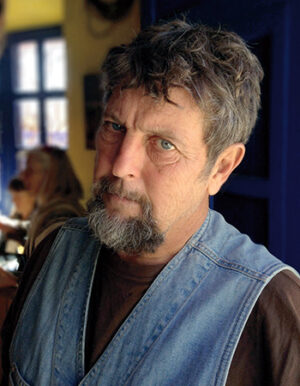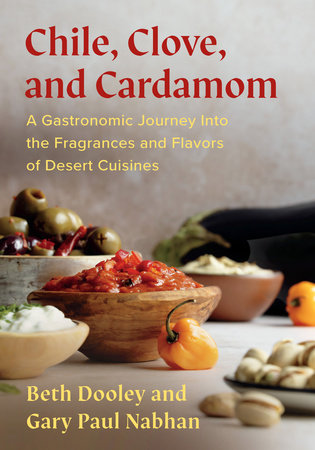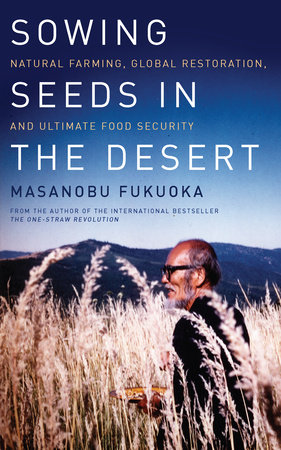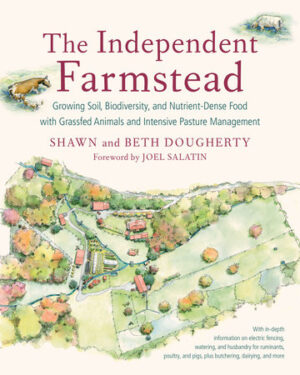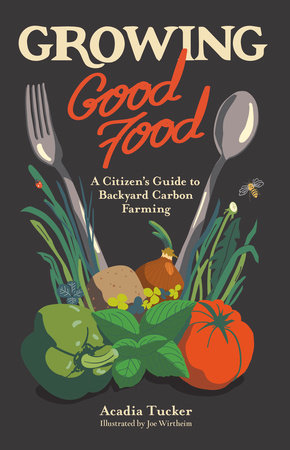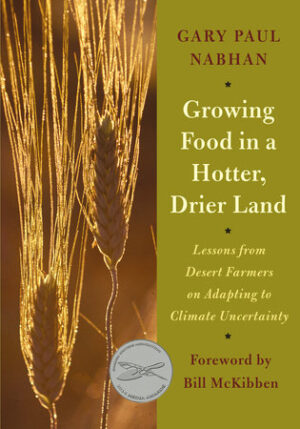Growing Food in a Hotter, Drier Land
Lessons from Desert Farmers on Adapting to Climate Uncertainty
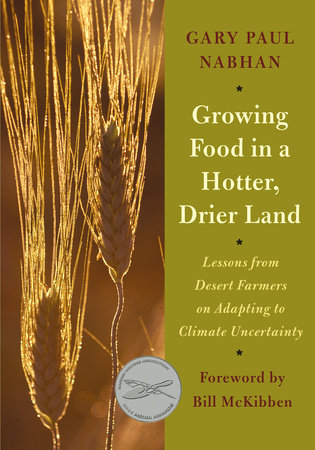
| Pages: | 272 pages |
| Book Art: | Full color illustrations |
| Size: | 7 x 10 inch |
| Publisher: | Chelsea Green Publishing |
| Pub. Date: | May 30, 2013 |
| ISBN: | 9781603584531 |
Growing Food in a Hotter, Drier Land
Lessons from Desert Farmers on Adapting to Climate Uncertainty
How to harvest water and nutrients, select drought-tolerant plants, and create natural diversity
Because climatic uncertainty has now become “the new normal,” many farmers, gardeners and orchard-keepers in North America are desperately seeking ways to adapt their food production to become more resilient in the face of such “global weirding.” This book draws upon the wisdom and technical knowledge from desert farming traditions all around the world to offer time-tried strategies for:
- Building greater moisture-holding capacity and nutrients in soils
- Protecting fields from damaging winds, drought, and floods
- Harvesting water from uplands to use in rain gardens and terraces filled with perennial crops
- Delecting fruits, nuts, succulents, and herbaceous perennials that are best suited to warmer, drier climates
Gary Paul Nabhan is one of the world’s experts on the agricultural traditions of arid lands. For this book he has visited indigenous and traditional farmers in the Gobi Desert, the Arabian Peninsula, the Sahara Desert, and Andalusia, as well as the Sonoran, Chihuahuan, and Painted deserts of North America, to learn firsthand their techniques and designs aimed at reducing heat and drought stress on orchards, fields, and dooryard gardens. This practical book also includes colorful “parables from the field” that exemplify how desert farmers think about increasing the carrying capacity and resilience of the lands and waters they steward. It is replete with detailed descriptions and diagrams of how to implement these desert-adapted practices in your own backyard, orchard, or farm.
This unique book is useful not only for farmers and permaculturists in the arid reaches of the Southwest or other desert regions. Its techniques and prophetic vision for achieving food security in the face of climate change may well need to be implemented across most of North America over the next half-century, and are already applicable in most of the semiarid West, Great Plains, and the U.S. Southwest and adjacent regions of Mexico.
Garden Writers Association Media Award, Silver Award for Achievement
New Mexico-Arizona Book Awards, Gardening Category
“All of Gary Nabhan’s books carry us on deep, enchanting journeys to the hearts of people, plants, and cultures across the world. . . I’m inspired and heartened by this timely and important offering from a true desert sage.”—Toby Hemenway, author of Gaia’s Garden: A Guide to Home-Scale Permaculture
Reviews & Praise
“Nabhan’s guide is highly specialized, technical, and insightful. . . The book is a must-have instruction manual for surviving climate change for desert farmers, orchard growers, crop farmers, ranchers, and backyard gardeners.”—ForeWord Reviews
“Gary Nabhan’s books never fail to inspire and inform me. This book is no exception. After just one read through I’ve dog-eared, highlighted, and noted countless gems, facts, and stories to which I will return again and again”—Brad Lancaster, author of Rainwater Harvesting for Drylands and Beyond
“If the 20th century strove to insulate us from the harsh realities of nature (whilst exacerbating its extremes), Gary Nabhan’s latest book introduces us to the 21st century's rude reminders that change is here, uncertainty commonplace. With little room for the hand-wringers, Nabhan provides everyone else, from novice gardener to deep ecologist, important food for thought and the practical know-how to address our modern problems with ancient desert wisdom. I couldn't put it down.”—Richard McCarthy, executive director, Slow Food USA
“In a world where climate change is the new normal, Gary Nabhan offers a blueprint for food production. Using desert agriculture as a backdrop, Nabhan is the ideal guide for understanding and addressing the challenges of rising temperatures, depleting water resources, and ever-shifting conditions. It is a cautionary book of hope, full of dry-farming wisdom, to-do lists, and Gary Nabhan’s enjoyable combination of insight and humor.”—Dan Imhoff, author of Food Fight, CAFO, and Farming with the Wild
“Drylands are home to 40 percent of the world’s people: a figure sure to rise in the coming decades as our world grows more parched. That is why Gary Nabhan's latest book is indispensable. Everyone who grows food -- make that, everyone who eats food -- should be grateful he wrote it. An homage to old wisdom and to the latter-day soil magicians who are Nabhan's living muses, it is a rich herbarium of delicious, hardy sustenance and a manual for our future.”—Alan Weisman, author, The World Without Us and Countdown
"All of Gary Nabhan's books carry us on deep, enchanting journeys to the hearts of people, plants, and cultures across the world. Growing Food in a Hotter, Drier Land offers the rich stories and cultural insights we've come to expect, but now, when we badly need it, Gary also tells us explicitly how to use the dryland wisdom he's assembled over a lifetime. Heaped with practical principles, techniques, plant lists, parables, and more, his new book offers important tools for preserving our food and water security on a warmer, stormier planet. I'm inspired and heartened by this timely and important offering from a true desert sage.”—Toby Hemenway, author of Gaia's Garden: A Guide to Home-Scale Permaculture
“In Growing Food in a Hotter, Drier Land Gary Paul Nabhan has crafted a cogent treatise blending his own considerable knowledge and experience with the traditional ecological wisdom of indigenous desert farmers, who have been thriving in the face of climate uncertainty for many generations.
The hard-won lessons and innovations described in this book are applicable for farmers cultivating in all changing climates, and inspirational for all people who depend on their survival and success. A must-have arrow in the quiver for all pragmatic Thrivalists!”—Brock Dolman, director, WATER Institute and Permaculture Design Program, Occidental Arts & Ecology Center
“Gary Paul Nabhan offers a necessary guide to the ways of plants, and to managing water wisely in an increasingly unpredictable climate. Past civilizations could have used a book like this. And if we ourselves don't want to become a distant memory, we would do well to heed the hard-won lessons of desert farmers from around the world, and learn the practical earth skills needed to create a permaculture oasis of our own.”—Michael Phillips, author of The Holistic Orchard and The Apple Grower
“We face an unprecedented future. The scale and speed of the changes bearing down on us as a consequence of climate uncertainty has no analog in history. Fortunately, we have guides like Gary Paul Nabhan to lead us through the crazy labyrinth in which we find ourselves. By looking to age-old practices and taking lessons from nature, Dr. Nabhan builds a compelling case for a type of resilience that matters whether you are a food producer or eater – which is everyone!”—Courtney White, founder and creative director, Quivira Coalition


